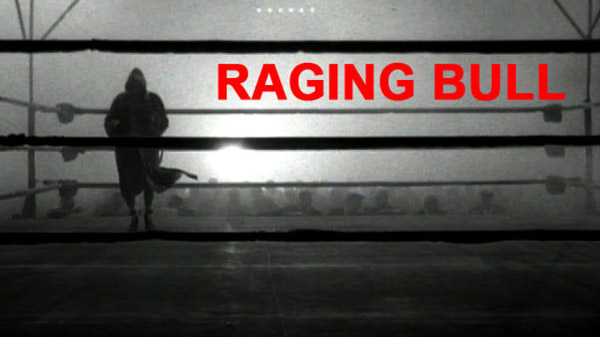
ANATOMY OF A SCENE
In order to understand films and filmmaking, deconstructing a scene is in my opinion, one of the best ways to do that. When trying to analyze a complete film in one fell swoop, we can often miss the little things.
Not unlike a human or animal anatomy class we will do a detailed examination or analysis to study the structure, position, and interrelation of its various parts, in film that’s the mise-en-scene. We will break it apart into little pieces and find out how and why these pieces work together to give us an overall experience. Mise-en-scene can
change the script, the performance, and the viewer’s reception.
We’re going to be looking at a scene from Orson Welles’ 1941 film CITIZEN KANE and Martin Scorsese’s 1980 film RAGING BULL.
Both of these scenes are very different. CITIZEN KANE really only has three shots, and is impeccably choreographed while RAGING BULL is operatic in it’s use of sound, camera technique and symbolism.
We’ll watch the scene then I will discuss it with you, breaking down it’s many elements and parts.
Mise-en-scene is a French term meaning, “putting in scene”. In filmmaking it is typically defined as the placement of characters, props and scenery within a frame as well as camera placement or movement and choice of lenses.
There are three visual planes within the frame, foreground, middle ground and background. In each of those planes there are three interior spaces, left, right and center.
The Dominant Contrast is the area of the frame, which the viewer’s eyes are first drawn. Dominant Contrast is often delineated through focus or depth of field, camera distances or angle, like a close-up, medium shot, high angle, eye level, etc. making the subject close or far, or colors, or even lighting. The eye will always return to the dominant contrast as it moves around the frame.
The Subsidiary Contrast is the area viewed after the dominant.
A special thanks to producer, Thomas Ethan Harris for his tutelage, guidance and insights and Elliot Anders for recording and mix of my commentary.

